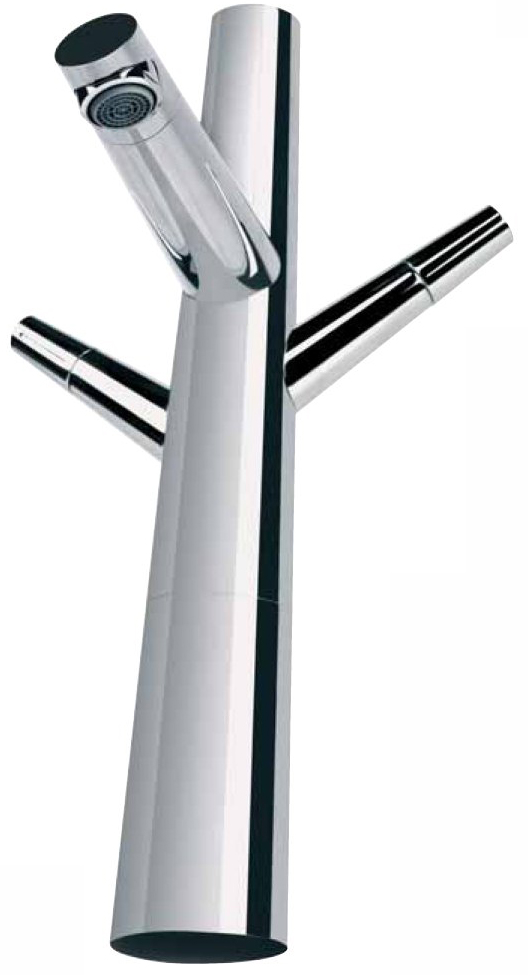The most distinguishing feature of chromium is that it is shiny, beyond that, as a raw material it is a hard, grey metal with a high melting point. As witnessed by any classic car enthusiast it can be polished to an incredible shine and it has outstanding resistance to corrosion, which is why it is used as a protective and decorative coating for a huge variety of metal products. Its anti-corrosion characteristics are due to its ability to prevent the diffusion of oxygen into coated surfaces: swords and bolts coated in chromium, which date back 2,000 years, have been found without any signs of rust!
The most common form of chromium metal exists as an alloy in stainless steel, where it is used to increase hardness and as a protective and decorative finish, in this case it is applied as a very thin coating of as little as 0.0006cm. To distinguish it from engineering forms of chrome plating, decorative chrome plating is often used as a topcoat for bright nickel and offers that bright, shiny mirror-like finish. The product must be thoroughly cleaned and buffed in order to create a smooth, even surface. It is then electrically charged and immersed into the chromium solution, which is also charged. The charges cause an attraction between the surface of the component and the solution, which produces an even layer of chromium over the entire surface of the object.
Image: Chrome-plated mixer, Ufficio Progetti, Euromobil e R. Gobbo.

•Very hard
•Capable of good surface finish
•Excellent corrosion resistance
•Electrically conductive
Sources
Widely available.
Cost
£0.36 ($0.56) per kg.
Sustainability issues
Hexavalent chromium is carcinogenic and extremely toxic in every way, which is why typical modern plating methods use trivalent plating.
Production
The most widespread use of chrome is in plating. Chrome plating involves electrically charging the component to be plated in a bath of chromium solution to make the coating stick to the substrate in a process called electroplating. There are typically two types of chrome coatings, the most common being the thin, decorative bright chrome that can be used on a wide range of equipment. The other form of plating is hard chromium plating, which is much thicker and is often used on industrial equipment to reduce friction and wear. Because it is such thin coating – 0.3 micron – it reproduces the surface it is on in every detail and flaw.
Typical applications
Decorative chrome plating has a history of use in a large number of components for cars, including door handles, bumpers and just about anything else that could be plated. It is also used on bicycles, furniture and door handles. It is alloyed with vanadium steel to produce tools such as spanners and alloyed with nickel for electrodes in spark plugs. However, today, many producers avoid using it due to toxins associated with its production in the plating process.
Derivatives
Chromium is commonly alloyed with the following metals:
–Chromium stainless steel
–Chromium copper
–Chromium molybdenum
–Chromium steel
–Chromium vanadium
| + | – |
|
–Extremely hard –Corrosion resistant –Low cost –High-shine decorative finish |
–Some plating processes produce toxins |
